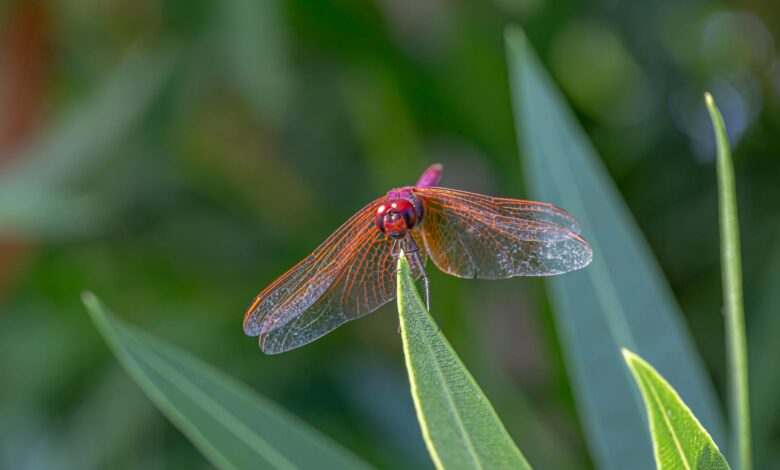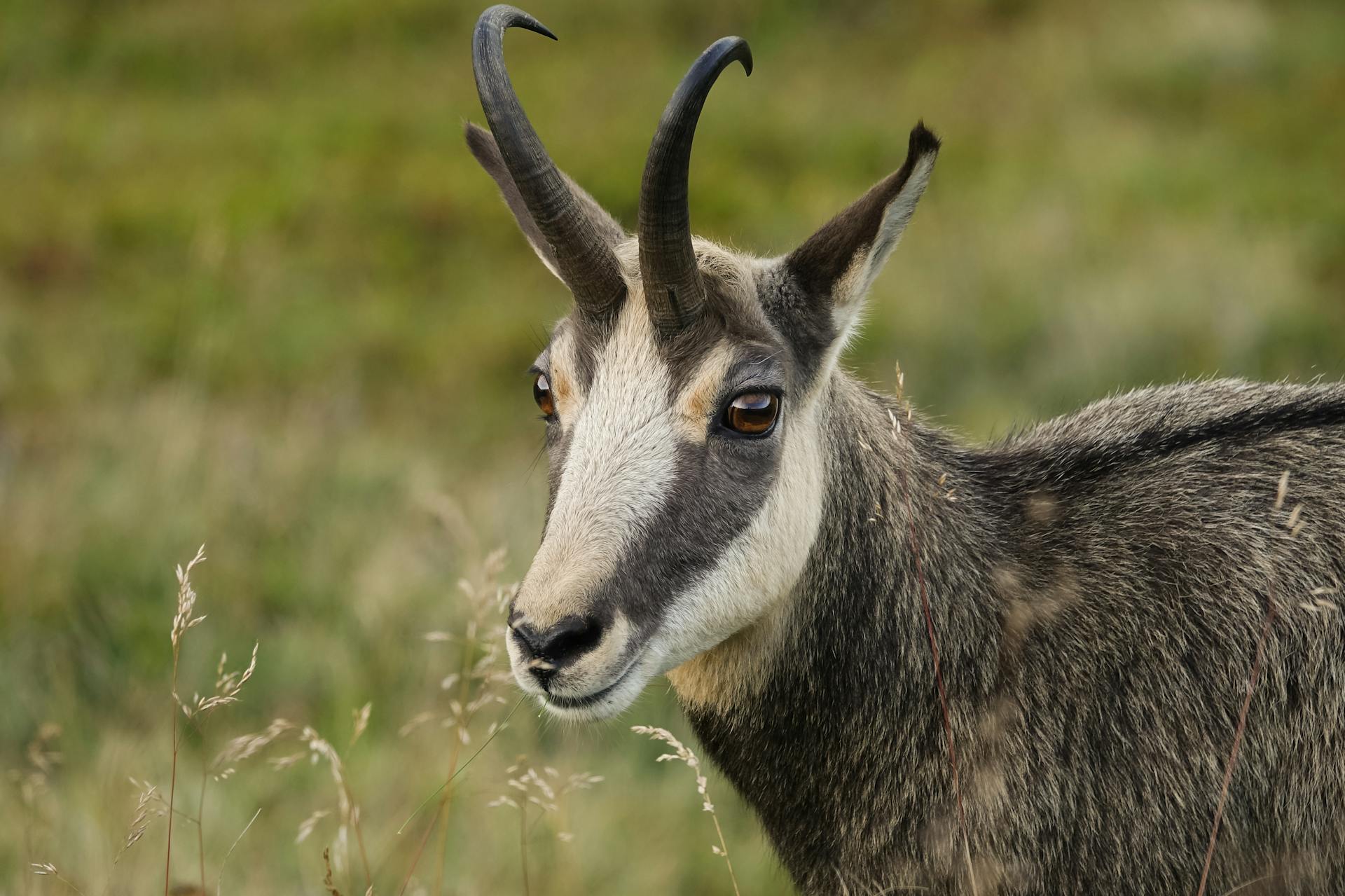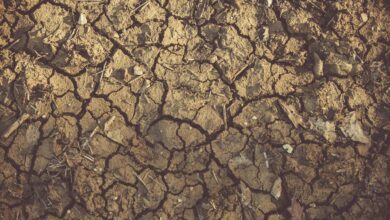Why Biodiversity is Important

The Importance of Biodiversity for Ecosystems
Biodiversity is crucial for the proper functioning of ecosystems. Each species plays a unique role in its ecosystem, contributing to the overall balance and resilience of the system. When biodiversity is high, ecosystems are more capable of adapting to changes, such as climate shifts or the introduction of new species. Diverse ecosystems are more productive, better able to regulate the climate, and more resilient to natural disasters and other disturbances. The loss of biodiversity can disrupt the delicate balance of an ecosystem, leading to a cascade of negative effects that can have far-reaching consequences.
The Economic Value of Biodiversity
Biodiversity also has significant economic value. Many industries, such as agriculture, forestry, and pharmaceuticals, rely on the genetic resources and ecosystem services provided by biodiversity. For example, the pollination services provided by insects are essential for the production of many of the world’s food crops, contributing billions of dollars to the global economy each year. Additionally, the potential for new medical discoveries from the diverse array of plant and animal species is immense, with many life-saving drugs being derived from natural sources.
Biodiversity and Climate Change
Biodiversity and climate change are inextricably linked. Healthy, diverse ecosystems play a crucial role in regulating the climate and mitigating the effects of climate change. Forests, for instance, absorb and store vast amounts of carbon dioxide, helping to offset greenhouse gas emissions. Conversely, the loss of biodiversity can exacerbate the impacts of climate change, as degraded ecosystems are less able to provide the essential services that help regulate the climate.
Threats to Biodiversity
Despite the critical importance of biodiversity, it is under threat from a variety of human-induced pressures. Habitat loss and fragmentation, overexploitation of natural resources, pollution, invasive species, and climate change are just a few of the major threats to biodiversity worldwide. The rapid rate of species extinction, which is now estimated to be up to 1,000 times the natural background rate, is a significant cause for concern.
Conservation Efforts and Initiatives
In response to the growing threats to biodiversity, a range of conservation efforts and initiatives have been implemented at local, national, and global levels. These include the establishment of protected areas, such as national parks and wildlife refuges, the development of sustainable management practices, and the implementation of policies and regulations to limit the exploitation of natural resources. Additionally, international agreements, such as the Convention on Biological Diversity, have been established to coordinate global efforts to protect and restore biodiversity.
The Role of Individuals in Preserving Biological Diversity
While governments, organizations, and policymakers play a crucial role in biodiversity conservation, individual actions can also make a significant difference. By adopting more sustainable practices in our daily lives, such as reducing our carbon footprint, supporting local and organic agriculture, and avoiding the use of single-use plastics, we can all contribute to the preservation of biodiversity. Additionally, engaging in citizen science projects, volunteering for conservation efforts, and advocating for stronger environmental policies can help ensure a more sustainable future for our planet.
Biological Diversity Hotspots and Their Significance

Certain regions of the world, known as biological diversity hotspots, are particularly rich in endemic species and are under threat from human activities. These areas, which cover just 2.4% of the Earth’s surface, are home to more than 50% of the world’s plant species and 42% of all terrestrial vertebrate species. Protecting these biodiversity hotspots is a critical priority, as they represent some of the most biologically diverse and threatened ecosystems on the planet.
Biological Diversity and Human Health
Biological diversity is not only important for the health of our planet, but it also has a direct impact on human health and well-being. Many of the medicines and medical treatments we rely on are derived from natural sources, and the loss of biodiversity can limit our access to these vital resources. Additionally, the degradation of ecosystems can lead to the emergence of new zoonotic diseases, which are diseases that can be transmitted from animals to humans. Preserving biodiversity is therefore essential for maintaining a healthy and sustainable future for both the planet and its inhabitants.
Conclusion
Biodiversity is the foundation of our ecological wealth, providing essential resources and services that sustain life on Earth. From the economic value of ecosystem services to the crucial role biodiversity plays in regulating the climate and supporting human health, the importance of preserving and restoring biological diversity cannot be overstated. By understanding the value of biodiversity and taking action to protect it, we can ensure a more sustainable future for ourselves and generations to come.
Educate yourself on the importance of biological diversity and how you can contribute to its preservation. Explore resources and initiatives that promote the conservation of our natural ecosystems and the diverse species that call them home.




